Abstract
Fifty cases of orthostatic hypotension in the elderly are analysed. Three main modes of presentation were identified: (1) falls or mobility problems; (2) mental confusion or dementia; or (3) predominantly cardiac symptoms. Selected case histories are given to illustrate diagnostic difficulties. Medication was responsible for orthostatic hypotension in 66% of patients and striking examples of polypharmacy were encountered. However, 34% of cases were not iatrogenic. Only 14% of patients had overtly postural symptoms. A high index of suspicion is needed to diagnose orthostatic hypotension in the elderly and the condition is often overlooked. The paper provides useful diagnostic clues for clinicians.
Full text
PDF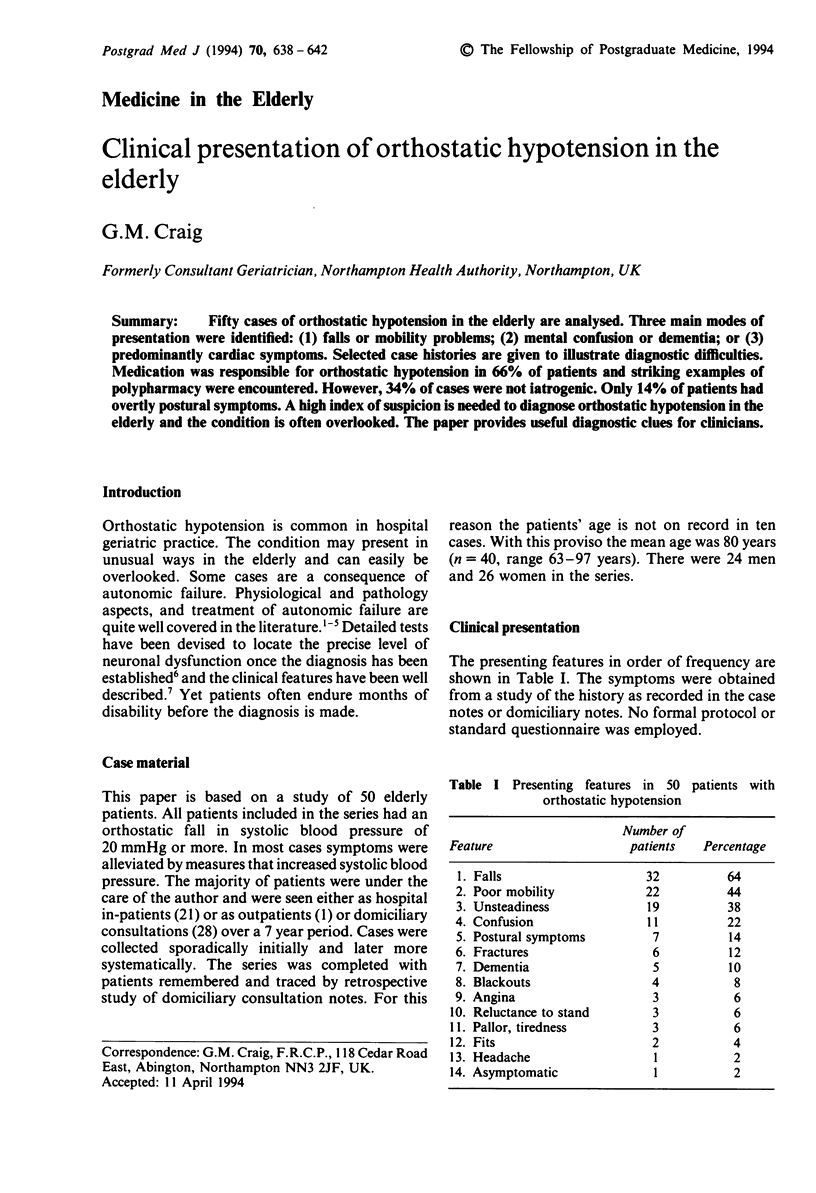
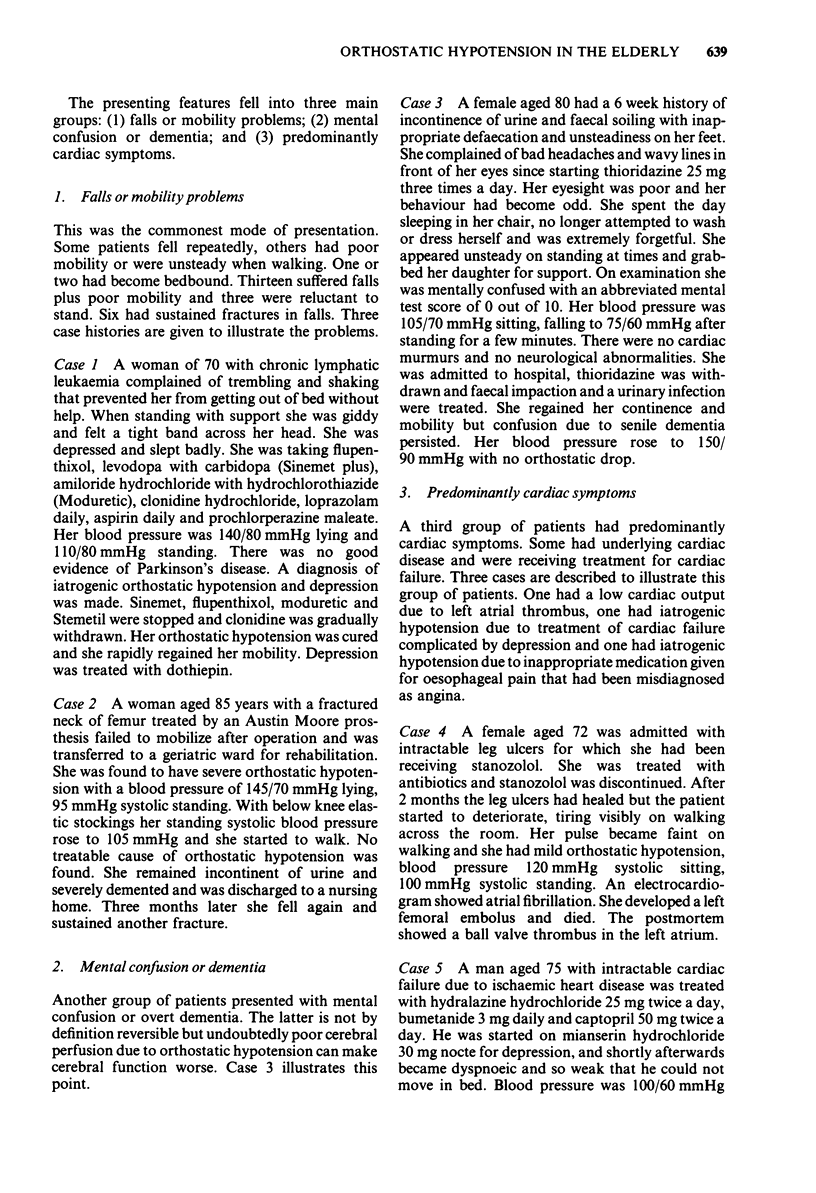
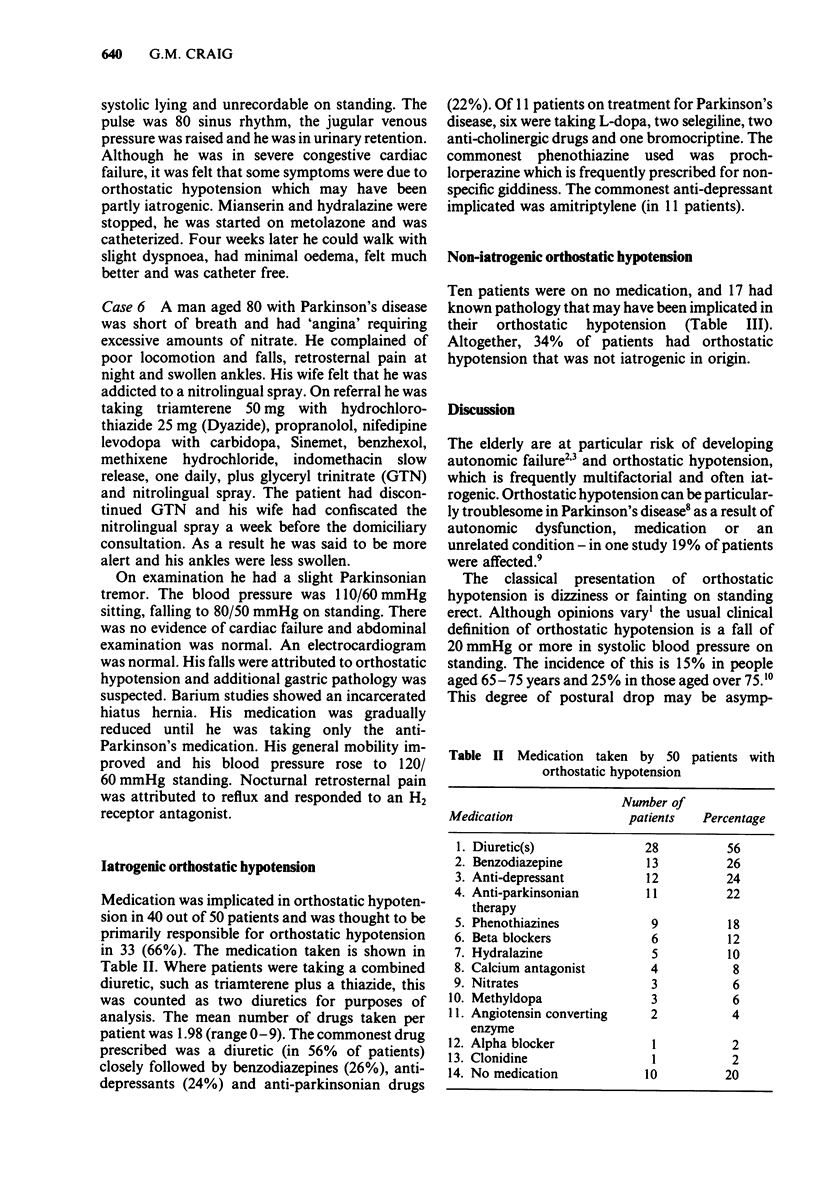
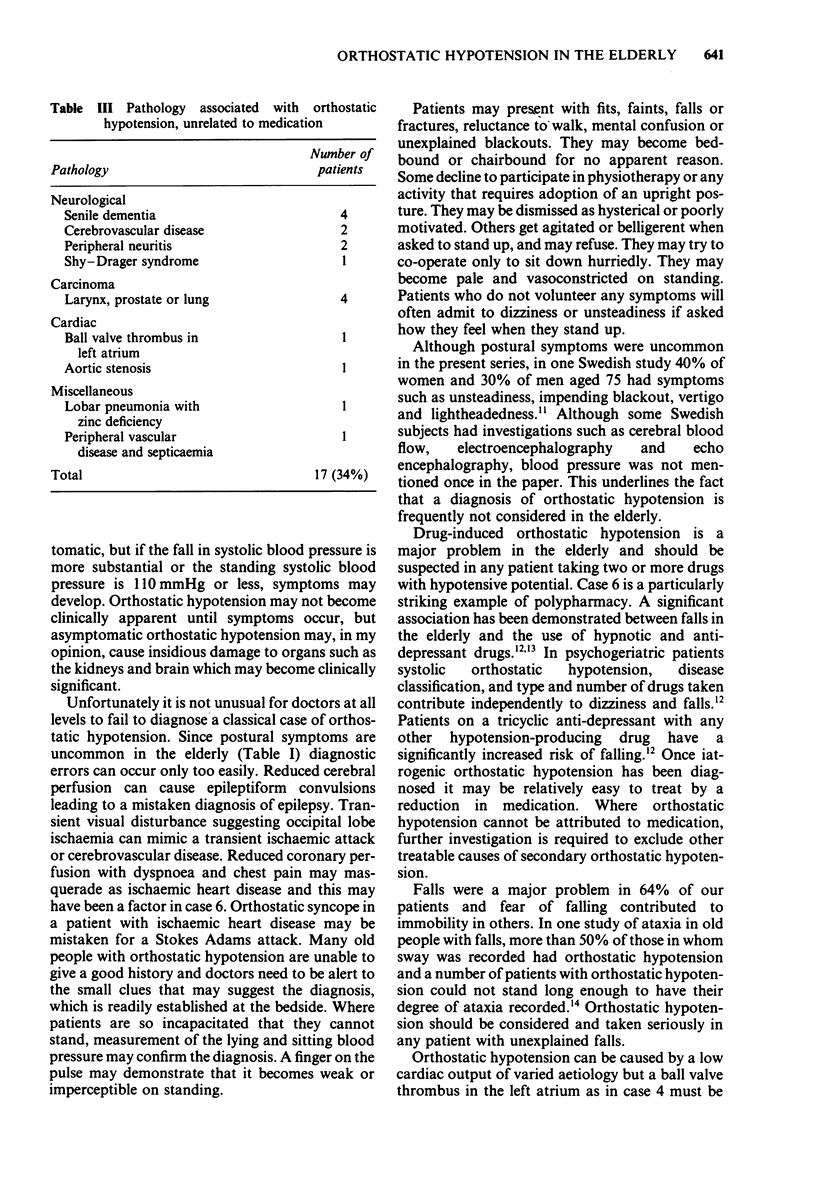
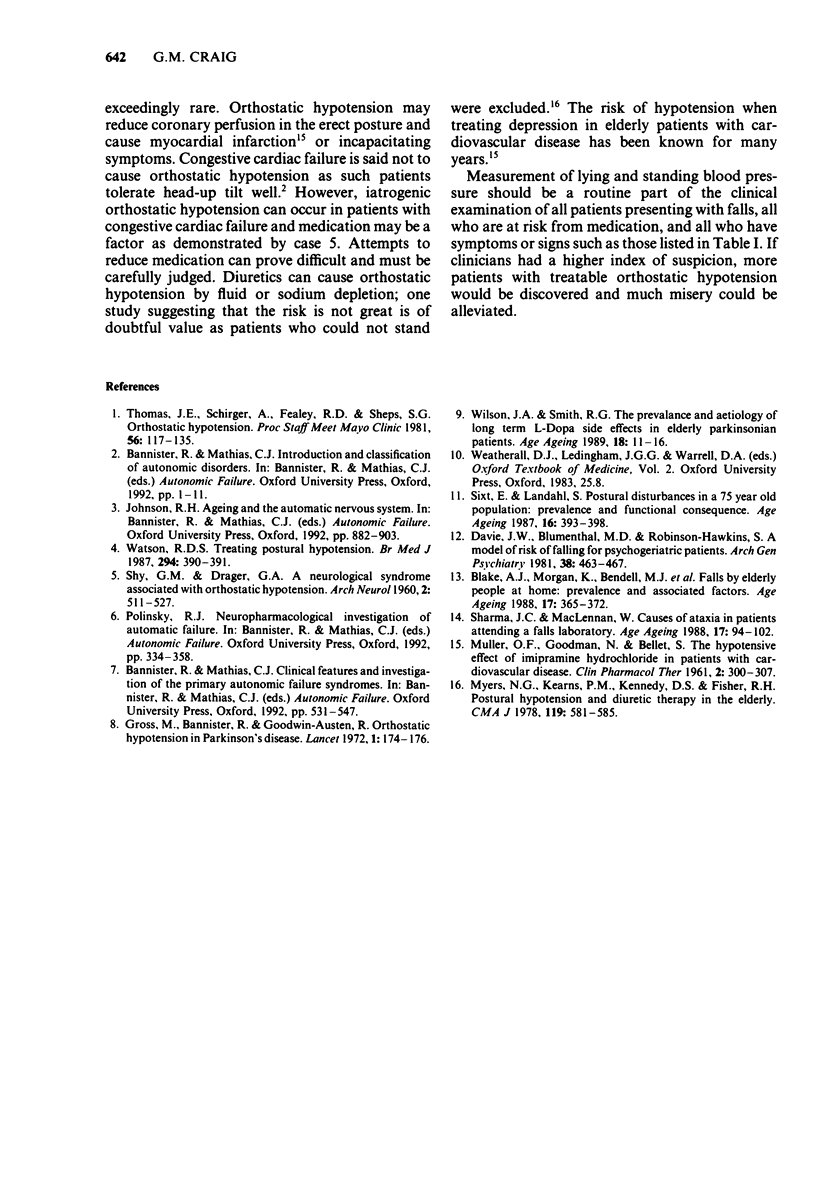
Selected References
These references are in PubMed. This may not be the complete list of references from this article.
- Blake A. J., Morgan K., Bendall M. J., Dallosso H., Ebrahim S. B., Arie T. H., Fentem P. H., Bassey E. J. Falls by elderly people at home: prevalence and associated factors. Age Ageing. 1988 Nov;17(6):365–372. doi: 10.1093/ageing/17.6.365. [DOI] [PubMed] [Google Scholar]
- Davie J. W., Blumenthal M. D., Robinson-Hawkins S. A model of risk of falling for psychogeriatric patients. Arch Gen Psychiatry. 1981 Apr;38(4):463–467. doi: 10.1001/archpsyc.1981.01780290097010. [DOI] [PubMed] [Google Scholar]
- Gross M., Bannister R., Godwin-Austen R. Orthostatic hypotension in Parkinson's disease. Lancet. 1972 Jan 22;1(7743):174–176. doi: 10.1016/s0140-6736(72)90571-5. [DOI] [PubMed] [Google Scholar]
- MULLER O. F., GOODMAN N., BELLET S. The hypotensive effect of imipramine hydrocloride in patients with cardiovascular disease. Clin Pharmacol Ther. 1961 May-Jun;2:300–307. doi: 10.1002/cpt196123300. [DOI] [PubMed] [Google Scholar]
- Myers M. G., Kearns P. M., Kennedy D. S., Fisher R. H. Postural hypotension and diuretic therapy in the elderly. Can Med Assoc J. 1978 Sep 23;119(6):581–585. [PMC free article] [PubMed] [Google Scholar]
- SHY G. M., DRAGER G. A. A neurological syndrome associated with orthostatic hypotension: a clinical-pathologic study. Arch Neurol. 1960 May;2:511–527. doi: 10.1001/archneur.1960.03840110025004. [DOI] [PubMed] [Google Scholar]
- Sharma J. C., MacLennan W. J. Causes of ataxia in patients attending a falls laboratory. Age Ageing. 1988 Mar;17(2):94–102. doi: 10.1093/ageing/17.2.94. [DOI] [PubMed] [Google Scholar]
- Sixt E., Landahl S. Postural disturbances in a 75-year-old population: I. Prevalence and functional consequences. Age Ageing. 1987 Nov;16(6):393–398. doi: 10.1093/ageing/16.6.393. [DOI] [PubMed] [Google Scholar]
- Thomas J. E., Schirger A., Fealey R. D., Sheps S. G. Orthostatic hypotension. Mayo Clin Proc. 1981 Feb;56(2):117–125. [PubMed] [Google Scholar]
- Watson R. D. Treating postural hypotension. Br Med J (Clin Res Ed) 1987 Feb 14;294(6569):390–391. doi: 10.1136/bmj.294.6569.390. [DOI] [PMC free article] [PubMed] [Google Scholar]
- Wilson J. A., Smith R. G. The prevalence and aetiology of long-term L-dopa side-effects in elderly parkinsonian patients. Age Ageing. 1989 Jan;18(1):11–16. doi: 10.1093/ageing/18.1.11. [DOI] [PubMed] [Google Scholar]


